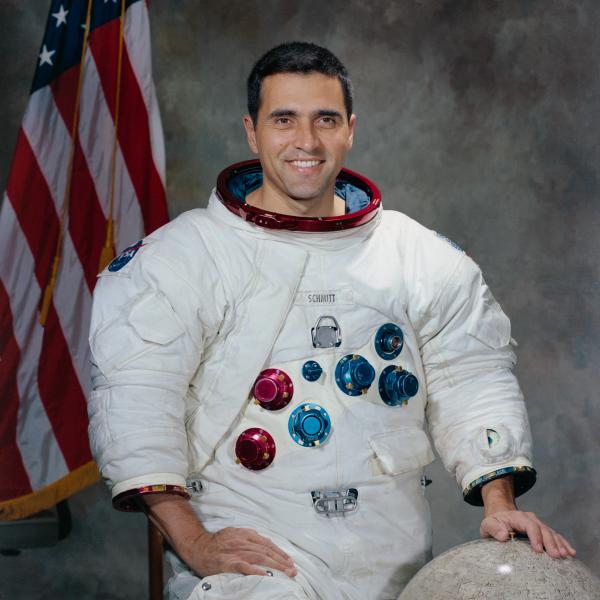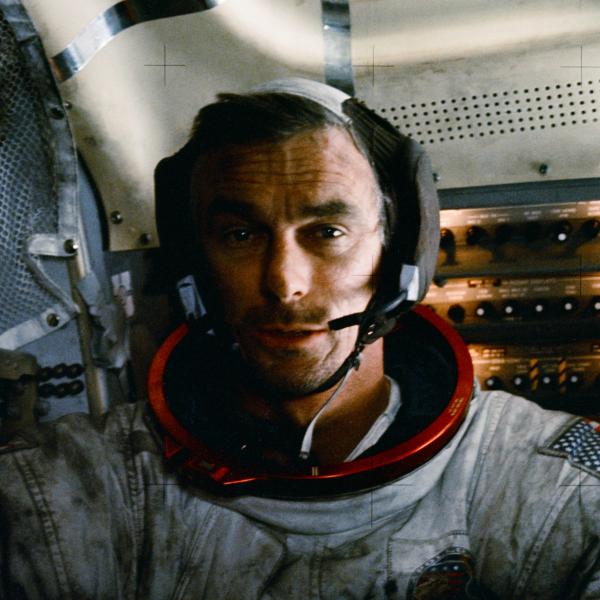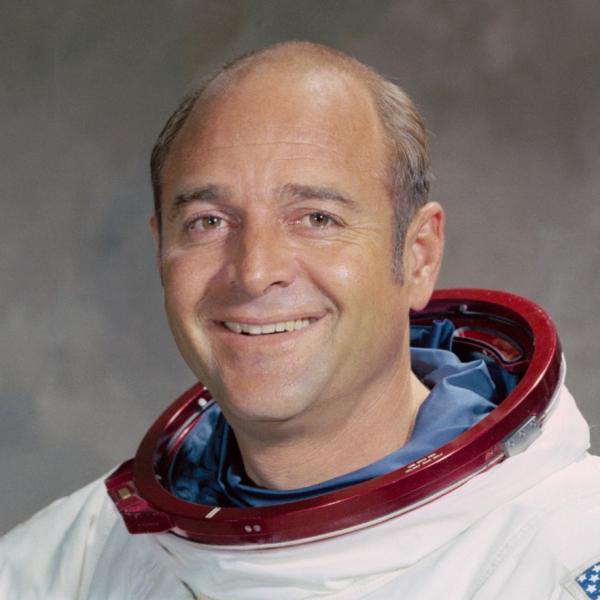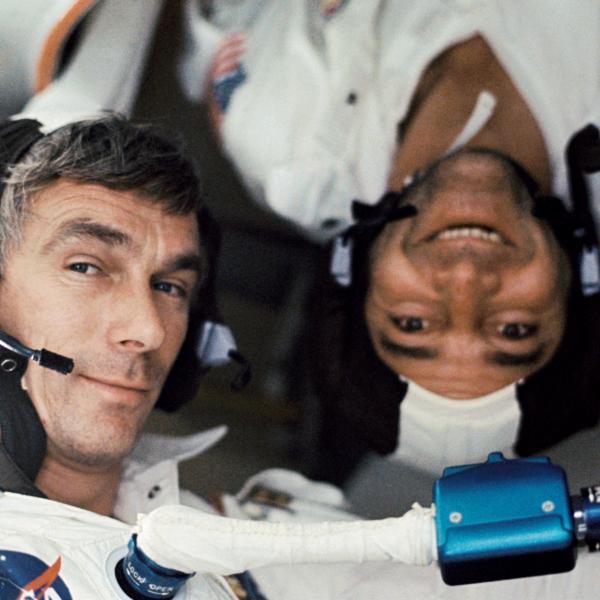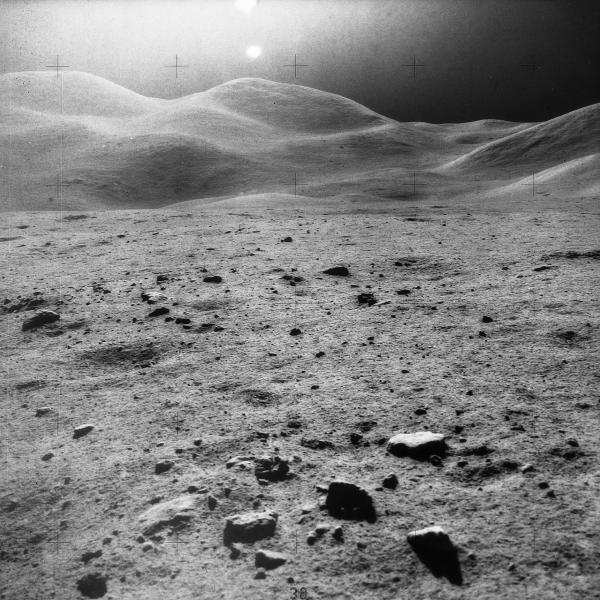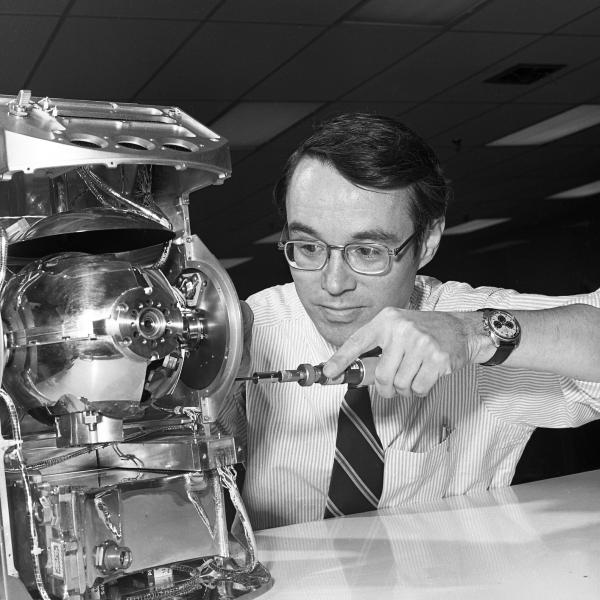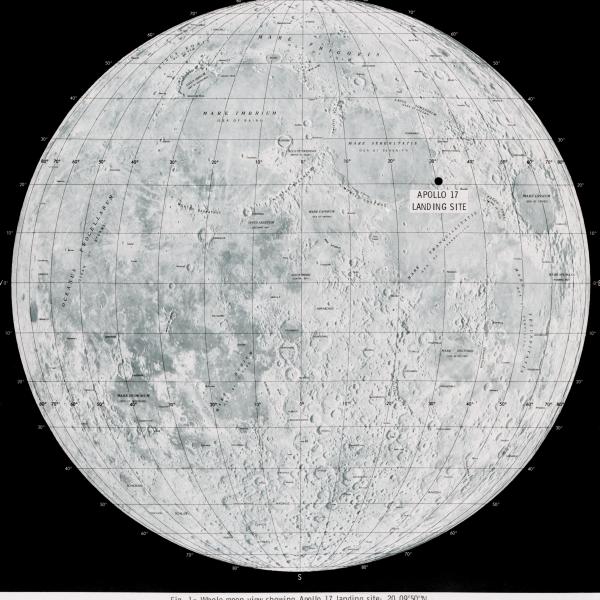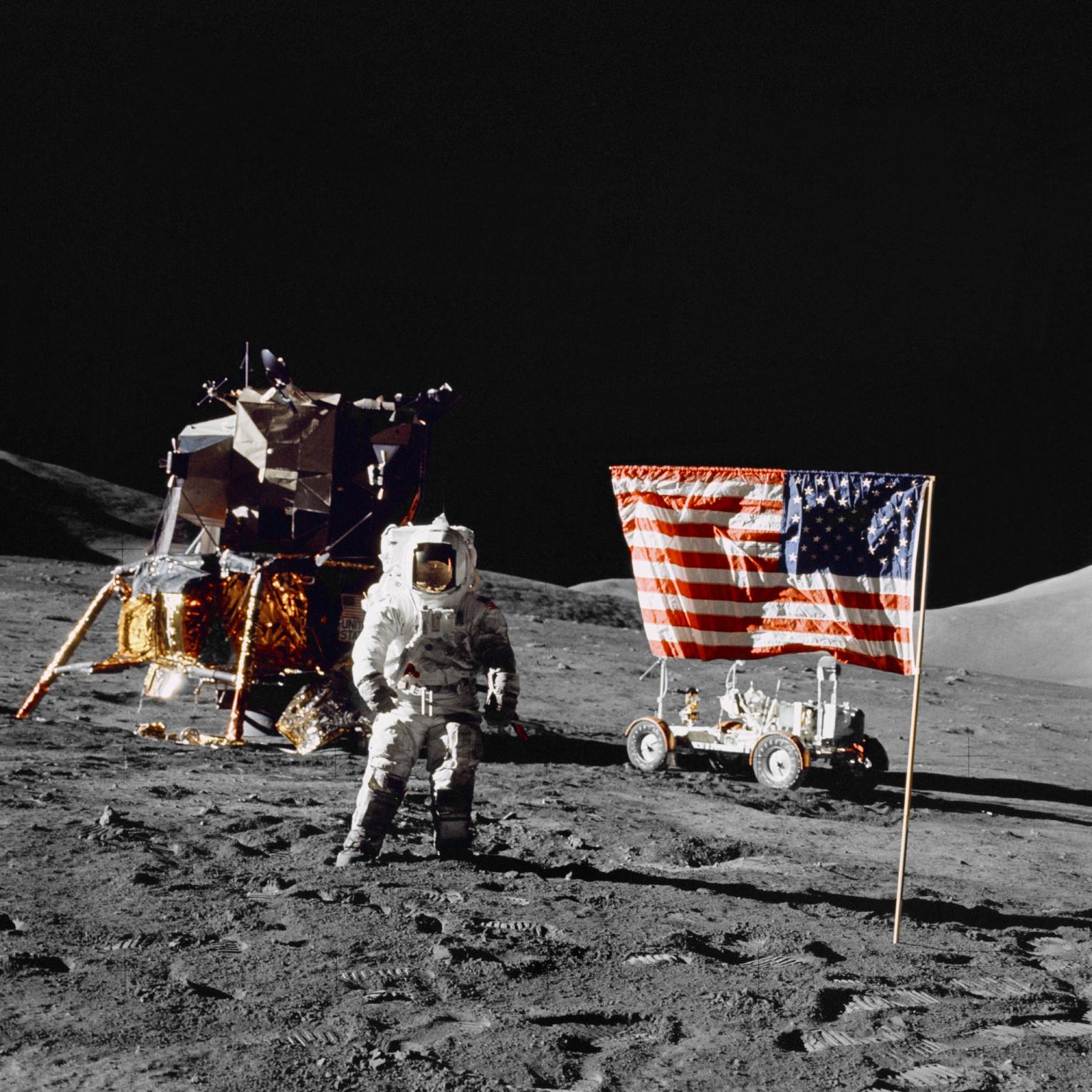
In Their Own Words: Harrison Schmitt on Moon Geology
Harrison H. Schmitt is a geologist and astronaut who served on the Apollo 17 moon landing mission and helped make important discoveries in space exploration.
"The first thing I remember, I did not get a sense of being in this huge valley where we were until I moved away from the lunar module. I started to leave the lunar module to take a set of Panorama photographs. Then I had a chance to look around and see this immense value. One mountain is about 7,000 feet high on the south side of the valley and the other one is somewhat less than that. So it was a beautiful place to be and the Earth was up over the southwest horizon, always in the same position while we were there because the moon is locked into looking at the Earth, so the Earth doesn't move when you're on the moon. The second excursion took us out to the base of that highest mountain where we sampled some of the rocks formed by impact that had come down this side of that mountain.
The most critical thing that we did was to visit a small impact crater called Shorty where we found the orange volcanic ash, the orange soil. I discovered that, just as I walked up to the edge of the crater to sample a large boulder and as I looked down to where my feet had scuffed up the surfaces, I saw this orange tint to the soil and immediately dug a trench across that area and exposed the orange material that was was known as the orange soil. We sample that and then put a 70 centimeter core down into the deposit and, when we pulled it out, it was clear that below the orange was black, black soil, all of it very different than what we had seen around the surface.
All of that turned out to be volcanic ash as it turned out to be a very important sample of volcanic activity and of volatile activity of gases coming out of the interior of the moon. And that has really changed our thinking about the origin of the moon because of the presence of these volatile components deep within the moon.
I don't think that I have told you just how beautiful this valley of Taurus Litro is. It is deeper than the Grand Canyon. They're brilliantly illuminated by the sun. When we were there, the mountains are placed against blacker than black sky. And of course the earth is always hanging over the southwestern mountain, South Masif. It is truly a magnificent place to be and I hope that somebody in the not too distant future will have a chance to see it again."
